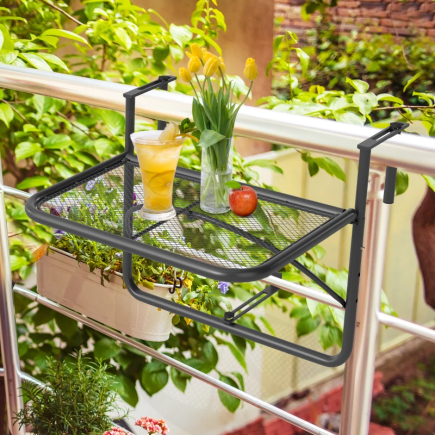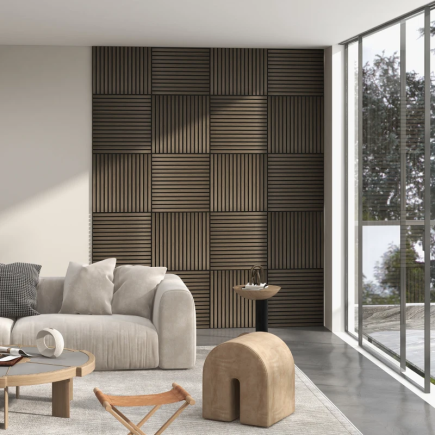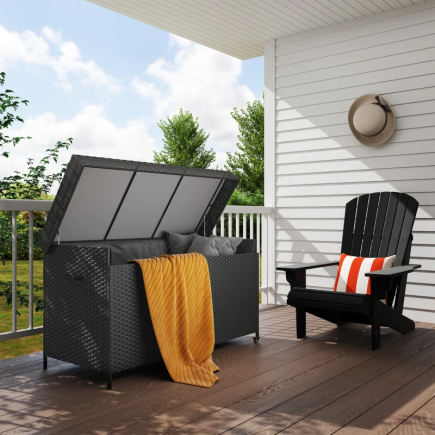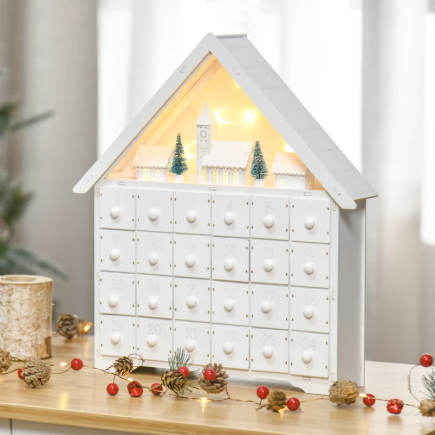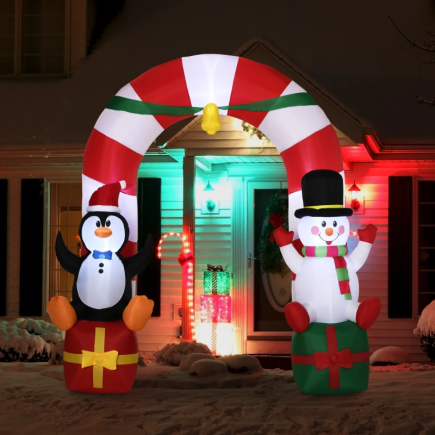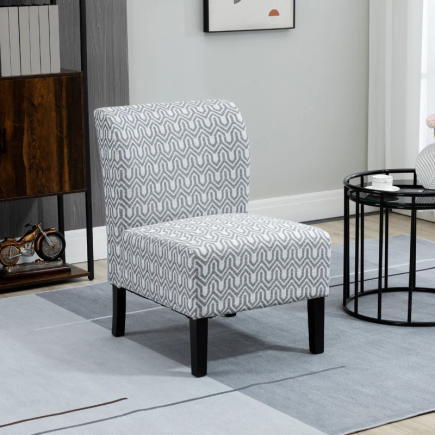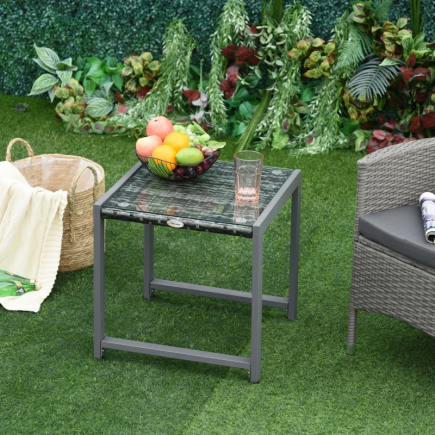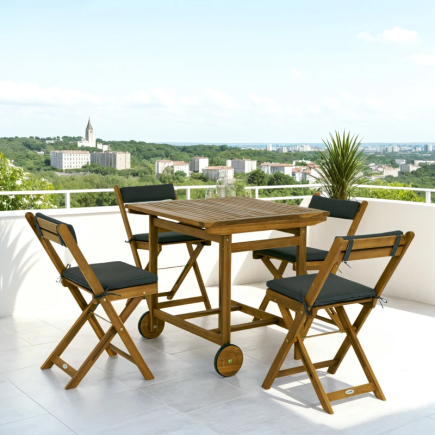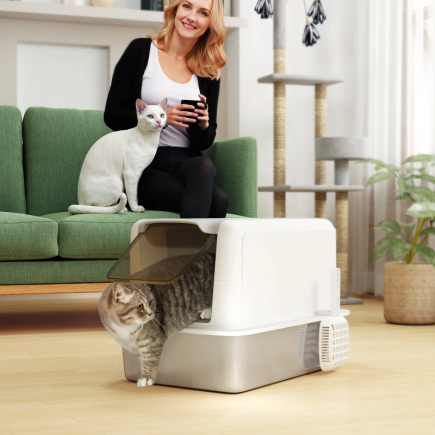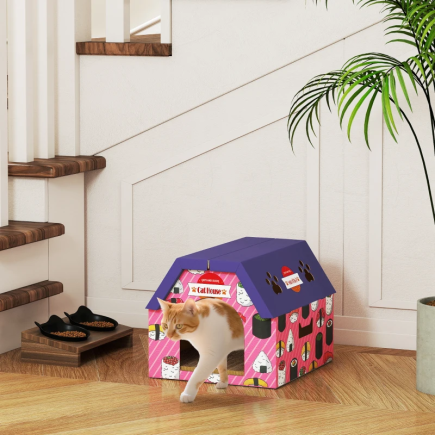An area rug can define a space, anchor furniture, and add warmth but when it won’t stay in place, it becomes a hazard or hassle. Slipping, bunching, and curling edges can cause tripping, ruin room aesthetics, and even damage your floors. The good news? There are simple and effective ways to stop area rugs from sliding on hardwood, tile, vinyl, laminate, or carpeted floors.

Below are 11 well-tested methods that work, each with clear instructions to help you secure your area rug and keep your space safe, stylish, and frustration-free.
1. Rug Pads
Rubber Waffle Rug Pads
A rubber waffle rug pad is a lightweight grip mat often sold pre-cut to standard sizes. Its grid design helps it cling to smooth floors. These are commonly used under area rugs in bedrooms or hallways, but they can lose grip as dust builds up and synthetic versions may react with wood finishes.

How to Use Rubber Waffle Rug Pads
- Clean the floor under your area rug thoroughly.
- Trim the pad to be slightly smaller than your rug.
- Place the pad flat on the floor.
- Lay the area rug on top and smooth it out.
Best For: Short-term grip under small or mid-size area rugs on tile or laminate.
Natural Rubber Pads
Natural rubber rug pads are ideal for flat-weave or lightweight area rugs that frequently shift. Unlike synthetic alternatives, they don’t contain chemicals that may damage your flooring.

How to Use Natural Rubber Pads
- Trim the pad to fit about 1 inch smaller than your area rug.
- Clean the surface underneath.
- Place the pad down with its textured side facing the floor.
- Lay the rug on top and adjust as needed.
Best For: Area rugs placed on sealed hardwood or tile floors.
Felt Pads
Felt pads are thick, soft, and perfect under large area rugs to add cushioning and protect against wear. While felt alone won’t prevent slipping, felt-rubber combinations offer both padding and grip.

How to Use Felt Pads
- Select a pad based on your area rug’s size and room type.
- Cut it slightly smaller than the rug’s footprint.
- If using a rubber-backed version, place the rubber side down.
- Center your area rug on top and press it flat.
Best For: Large area rugs in living rooms and under furniture groupings.
2. Rubberized Shelf Liner
Rubber shelf liners normally found in kitchens can be reused under small area rugs. While not as thick as a standard rug pad, they offer surprising traction and are great for temporary solutions.
How to Use Rubberized Shelf Liner
- Cut shelf liner strips to match your area rug’s size.
- Tape or glue multiple strips together if needed.
- Clean the floor before laying down the liner.
- Position your area rug on top and press it into place.
Best For: Small area rugs in bathrooms, kitchens, or laundry rooms.
3. Gripper Tape
Gripper tape sticks directly to the floor to form a friction grid beneath your rug. It’s especially helpful for preventing corner curling on smaller area rugs.

How to Use Gripper Tape
- Clean and dry the floor where your area rug will go.
- Apply gripper tape to the floor in a border or square pattern.
- Align the rug over the tape and press down firmly.
Best For: Area rugs up to 4×6 feet in high-traffic zones.
4. Double-Sided Carpet Tape
Double-sided carpet tape offers strong adhesion between your area rug and the floor. It works well on synthetic rugs and slick surfaces where normal pads may fail.
How to Use Double-Sided Carpet Tape
- Flip the area rug over.
- Apply strips of tape along the edges and across the center.
- Peel off the top liner and carefully flip the rug.
- Press the rug down firmly onto the floor.
Best For: Entry mats, hallway runners, or synthetic fiber area rugs.
5. Hook and Loop Anchors
Hook-and-loop strips allow you to attach the rug to the floor or to another surface, like carpet. This setup works well when you need a temporary but stable solution.
How to Use Hook and Loop Anchors
- Clean the back of the area rug and the floor beneath it.
- Cut hook-and-loop strips into sections and stick one side to the rug and the other to the floor.
- Align both sides and press together to lock in place.
Best For: Medium-sized area rugs layered over carpet or vinyl.
6. Silicone Caulking for a Custom Grip
A grid of dried silicone on the back of your rug can act as a DIY non-slip layer. This method is low-cost, long-lasting, and doesn’t require separate tools once it’s set.

How to Use Silicone Caulking
- Turn your area rug over and lay it flat.
- Use a caulking gun to apply silicone in dots or squiggly lines.
- Let it cure completely (usually 6–12 hours).
- Flip the rug and press it onto a clean floor.
Best For: Rugs that slide on wood, laminate, or tile floors.
7. Hot Glue Dots for Quick Fixes
Hot glue offers a faster drying alternative to silicone and creates raised bumps that provide grip. This method is good for short-term or budget solutions.
How to Use Hot Glue Dots
- Turn your area rug upside down.
- Apply small hot glue dots evenly across the back.
- Let them cool completely before flipping the rug.
- Set the rug in place and test the grip.
Best For: Small area rugs or temporary fixes in rental spaces.
8. Rug Pad and Tape Combination
Combining a pad with carpet tape adds stability for rugs that shift despite other methods. This layered approach is highly effective in active households.
How to Use
- Place double-sided tape either on the floor or the back of the rug.
- Stick a rug pad to the tape, ensuring full surface contact.
- Position the area rug over the pad and press into place.
Best For: Large area rugs in family rooms, hallways, or open-plan spaces.
9. Rug Pins for Use on Carpet
Rug pins help anchor area rugs directly to carpet without piercing the subfloor. These small tacks keep edges flat and prevent movement caused by daily use or vacuuming.
How to Use
- Place the area rug in the exact spot you want it.
- Push rug pins through the rug corners and into the carpet.
- Flatten pin heads so they’re flush with the rug surface.
Best For: Area rugs placed over wall-to-wall carpeting.
Special Cases
Some rugs and rooms present unique challenges. Here’s how to handle them:
Round or Irregular Rugs
- Use a circular pad trimmed to match the shape.
- For odd shapes, create a custom grip layer with silicone caulking.
Outdoor Rugs on Patios
- Standard pads and adhesives may not withstand moisture.
- Choose weather-resistant pads or rug clips designed for outdoor use.
High-Pile or Shag Rugs
- Heavy texture makes adhesives less effective.
- Use dense felt pads with a rubber underside for reliable stability.
Rugs in Bathrooms or Kitchens
- These areas often get damp, making adhesives fail.
- Use rubberized shelf liner or washable rubber pads for safety.
Quick Selection Guide
- Small rugs / entry mats: Gripper tape or rubber waffle pad.
- Large living-room/dining rugs: Felt + rubber combo, or pad + tape combo.
- Rugs on carpet: Rug pins or hook-and-loop anchors.
- Flat-weaves on slick tile/laminate: Natural rubber pad or silicone caulking grip.
- Rentals/temporary: Hot glue dots, hook-and-loop, or non-marking rubber pads.
- Radiant-heat floors: Dense felt (no rubber) anchored by furniture or hook-and-loop.
Regardless of the method you choose, always begin with a clean floor and rug backing. Even the best grip solution will fail if dust or debris gets in the way. With the right tools and setup, you can keep your area rug flat, safe, and exactly where it belongs.
FAQs
1. How do I keep round area rugs from sliding on tile or hardwood?
Round area rugs tend to shift at the edges. Use a circular rug pad trimmed to fit, or add corner grippers evenly around the perimeter for better traction.
2. Will using two anti-slip methods together damage my floor?
Using both a rug pad and tape under an area rug is safe if products are floor-compatible. Always test adhesives first to avoid damage or residue.
3. Can I use non-slip area rug solutions on outdoor patio tiles?
Indoor anti-slip tools may not withstand outdoor conditions. For patios, use weather-resistant area rug pads or clips made for exterior surfaces.
4. Do non-slip rug pads help reduce noise in apartments?
Yes, especially thicker felt pads. They not only prevent sliding but also act as sound barriers, dampening foot traffic and making upper-floor living spaces quieter for neighbours below.

